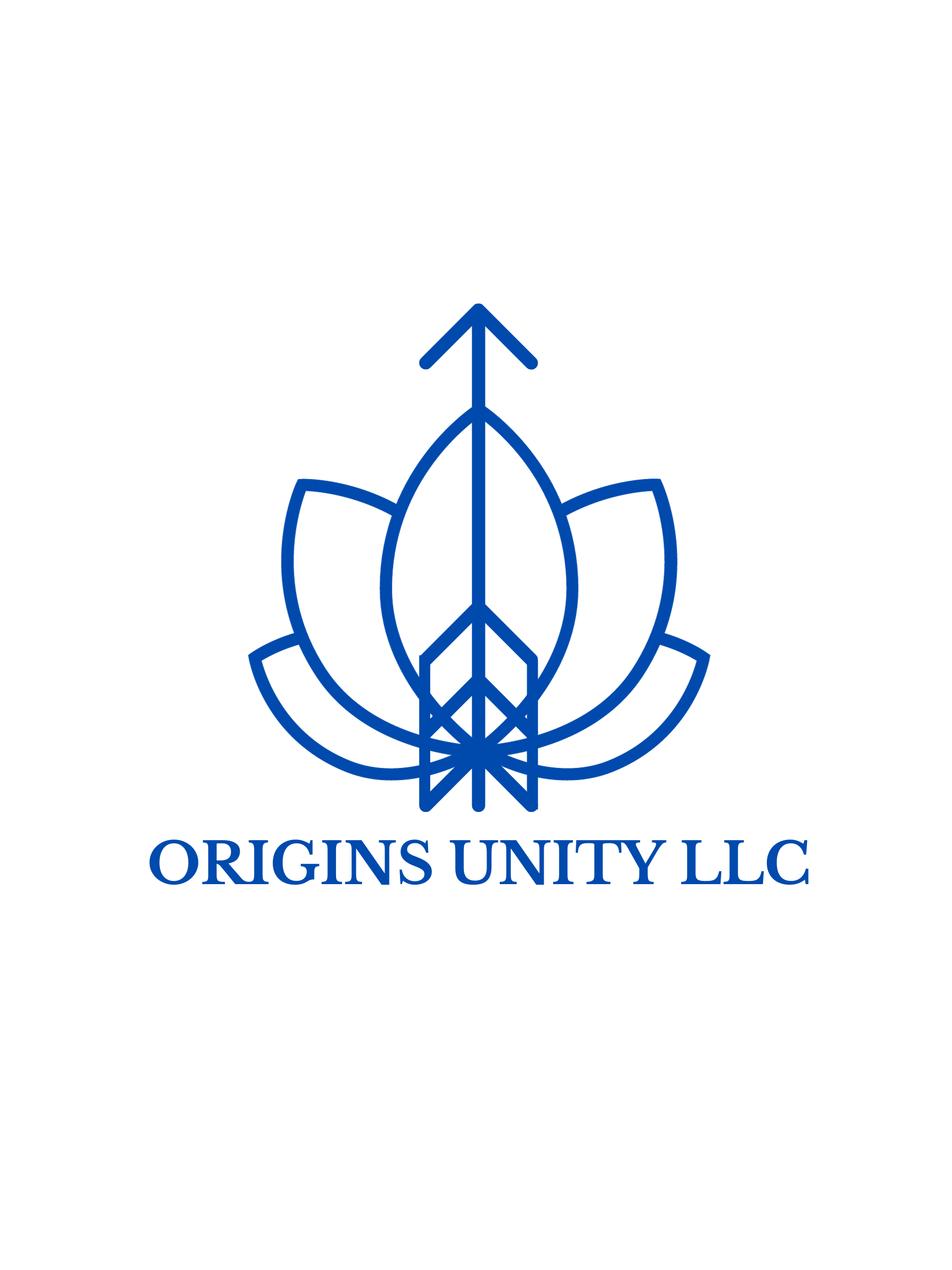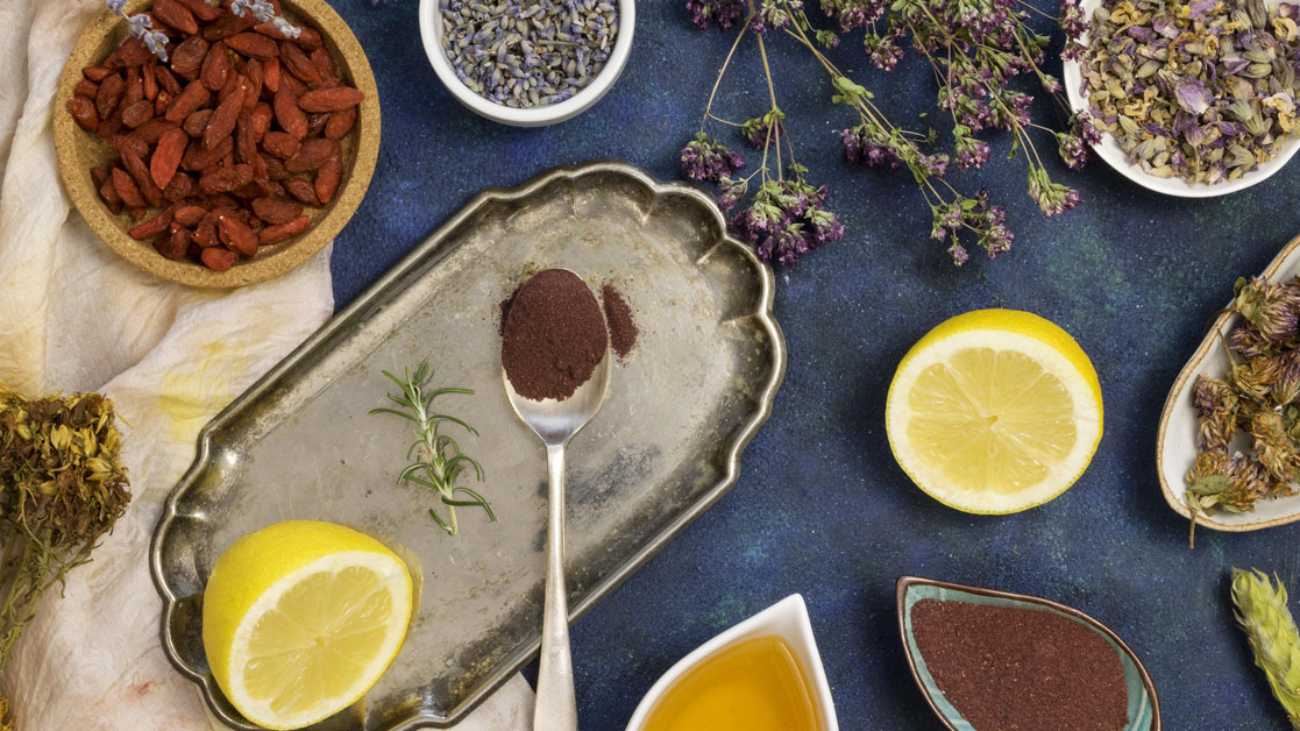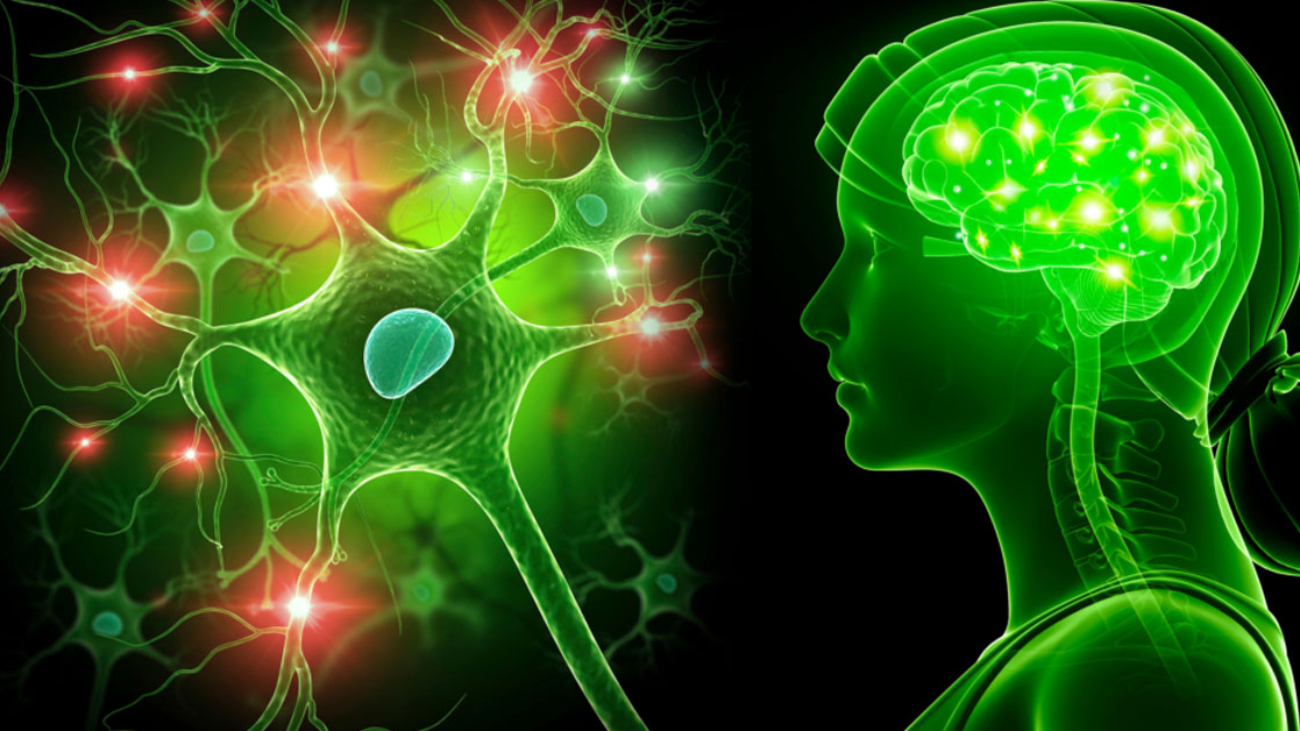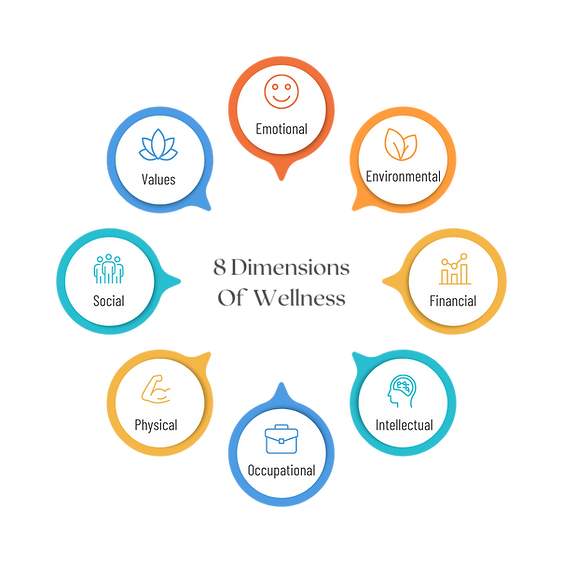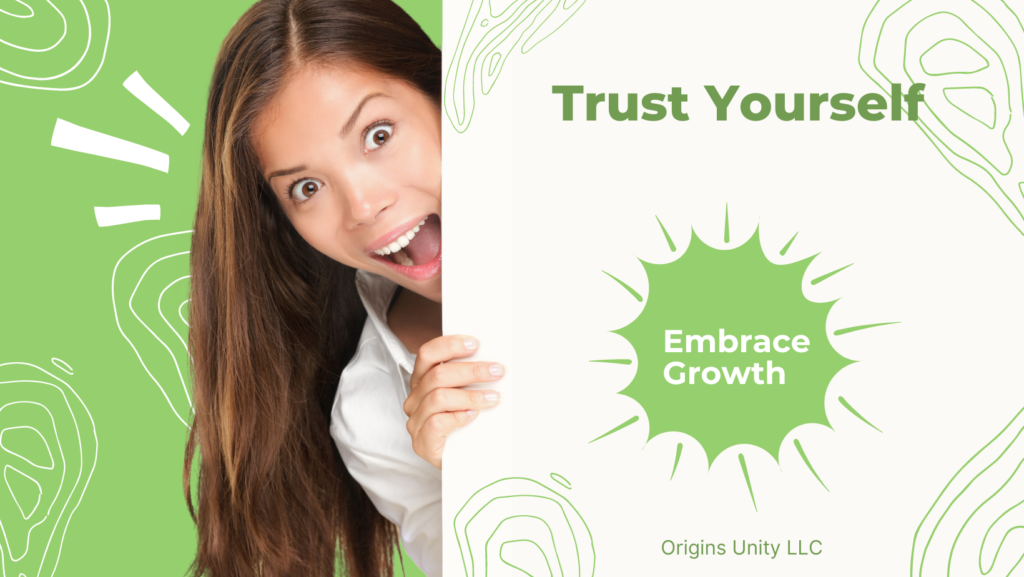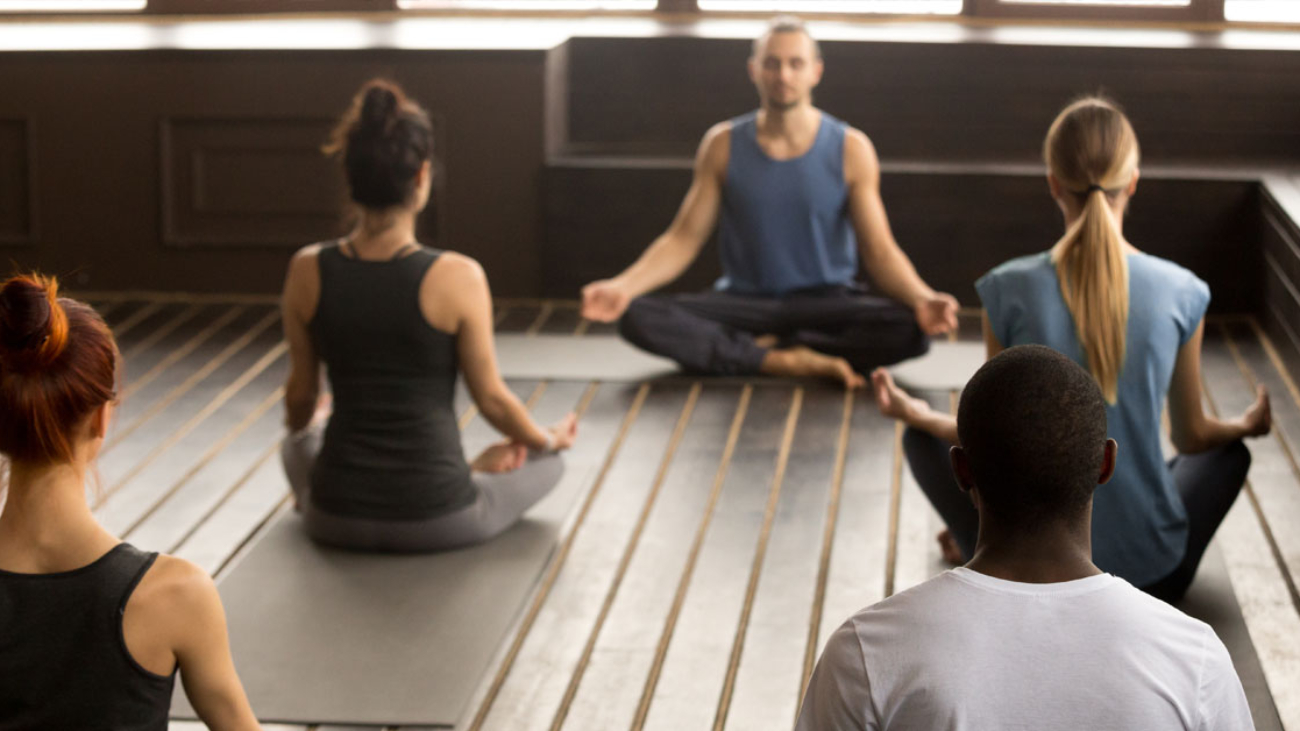
Inflammation is a natural response of the body’s immune system to protect against infections and injuries. However, chronic inflammation can cause damage to tissues and organs and has been linked to several health conditions like arthritis, heart disease, and cancer. Fortunately, there are many herbs that have anti-inflammatory properties and can help reduce inflammation in the body. In this article, we will discuss some of the best herbs for inflammation and how they can be incorporated into your diet.
- Turmeric: This bright yellow spice is known for its potent anti-inflammatory properties and can be easily incorporated into meals. Turmeric contains curcumin, which is also a powerful antioxidant.
- Ginger: Ginger has been used for centuries to treat a variety of ailments, including inflammation. Ginger contains compounds called gingerols and shogaols.
- Garlic: Garlic has many health benefits, including its ability to reduce inflammation in the body. It contains sulfur compounds.
- Rosemary: Rosemary is a fragrant herb that is often used in Mediterranean cuisine. It contains rosmarinic acid.
- Thyme: Thyme is a flavorful herb that is often used in cooking. It contains thymol.
- Basil: Basil is a delicious herb that is often used in Italian cuisine. It contains eugenol.
- Sage: Sage is a fragrant herb that is often used in cooking. It contains compounds called flavonoids..
- Cinnamon: Cinnamon is a sweet spice that can help reduce inflammation in the body. It contains cinnamaldehyde.
- Oregano: Oregano is a flavorful herb that is often used in Mediterranean cuisine. It contains carvacrol.
- Chamomile: Chamomile is a gentle herb that is often used to promote relaxation and calmness. It contains compounds called flavonoids.
Going deeper on some of the options:
- Turmeric: Curcumin works by blocking inflammatory pathways in the body and reducing the production of pro-inflammatory cytokines. Studies have shown that curcumin can be effective in reducing inflammation in conditions like rheumatoid arthritis, osteoarthritis, and inflammatory bowel disease. To incorporate turmeric into your diet, you can add it to curries, soups, and stews or take it as a supplement.
- Ginger: Ginger is a root herb commonly used in cooking and traditional medicine. Ginger works by inhibiting the production of pro-inflammatory cytokines and reducing oxidative stress in the body. Studies have shown that ginger can be effective in reducing inflammation in conditions like osteoarthritis, rheumatoid arthritis, and gastrointestinal disorders. To incorporate ginger into your diet, you can add it to smoothies, teas, or use it in cooking.
- Garlic: Garlic is a popular herb used for flavoring in cooking. It contains a compound called allicin. Allicin works by inhibiting the production of inflammatory enzymes in the body. Studies have shown that garlic can be effective in reducing inflammation in conditions like rheumatoid arthritis, cardiovascular disease, and cancer. To incorporate garlic into your diet, you can add it to soups, stews, or use it in cooking.
- Green tea: Green tea is a type of tea made from the leaves of the Camellia sinensis plant. It contains a group of antioxidants called catechins. Catechins work by reducing the production of pro-inflammatory cytokines in the body. Studies have shown that green tea can be effective in reducing inflammation in conditions like arthritis, cardiovascular disease, and cancer. To incorporate green tea into your diet, you can drink it as a beverage or use it in cooking.
- Rosemary: Rosemary is a herb commonly used in cooking and traditional medicine. It contains a compound called carnosic acid. Carnosic acid works by inhibiting the production of pro-inflammatory cytokines and reducing oxidative stress in the body. Studies have shown that rosemary can be effective in reducing inflammation in conditions like osteoarthritis and cancer. To incorporate rosemary into your diet, you can use it as a seasoning for meat, vegetables, or use it in cooking.
- Cinnamon: Cinnamon is a spice commonly used in baking and cooking. It contains a compound called cinnamaldehyde. Cinnamaldehyde works by inhibiting the production of pro-inflammatory cytokines and reducing oxidative stress in the body. Studies have shown that cinnamon can be effective in reducing inflammation in conditions like diabetes, arthritis, and cardiovascular disease. To incorporate cinnamon into your diet, you can add it to baked goods, smoothies, or use it in cooking.
- Sage: Sage is a herb commonly used in cooking and traditional medicine. It contains a compound called rosmarinic acid. Rosmarinic acid works by inhibiting the production of pro-inflammatory cytokines and microRNAs associated with inflammation.

An additional list of good choice herbs:
- Turmeric
- Ginger
- Cinnamon
- Garlic
- Basil
- Oregano
- Rosemary
- Sage
- Thyme
- Licorice
- Cat’s Claw
- Boswellia
- Devil’s Claw
- Echinacea
- Green Tea
- White Willow Bark
- Stinging Nettle
- Skullcap
- Chamomile
- Peppermint
- Lavender
- Lemon Balm
- Passionflower
- Red Clover
- Yarrow
- Meadowsweet
- Feverfew
- Arnica
- Comfrey
- Calendula
In conclusion, herbs are a great natural way to ward off inflammation and pain in the body. We likely already consume many herbs in our cooking and existing diet. They are nature’s medicine and can offer quite a bit of relief as they equip our bodies with the ability to regulate and maintain homeostasis especially when experiencing injury or heightened levels of stress. Please join the conversation and let us know if these recommendations are useful to you!
